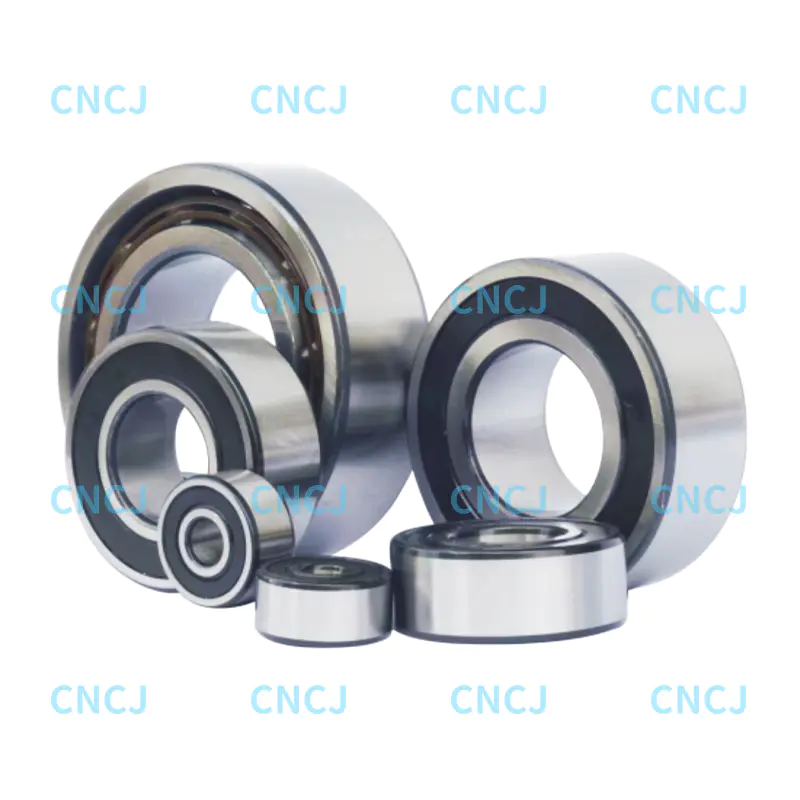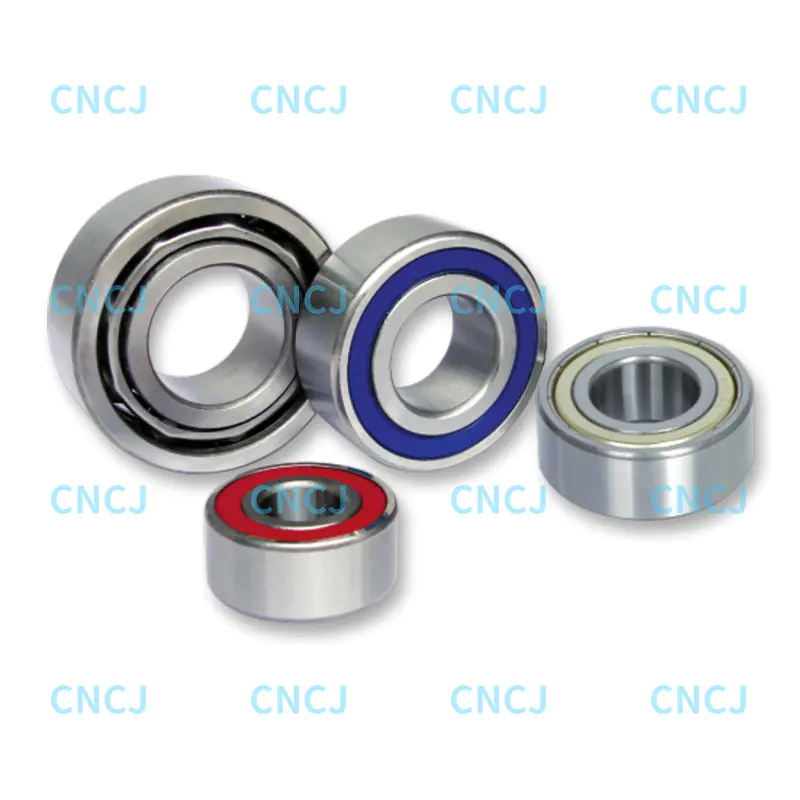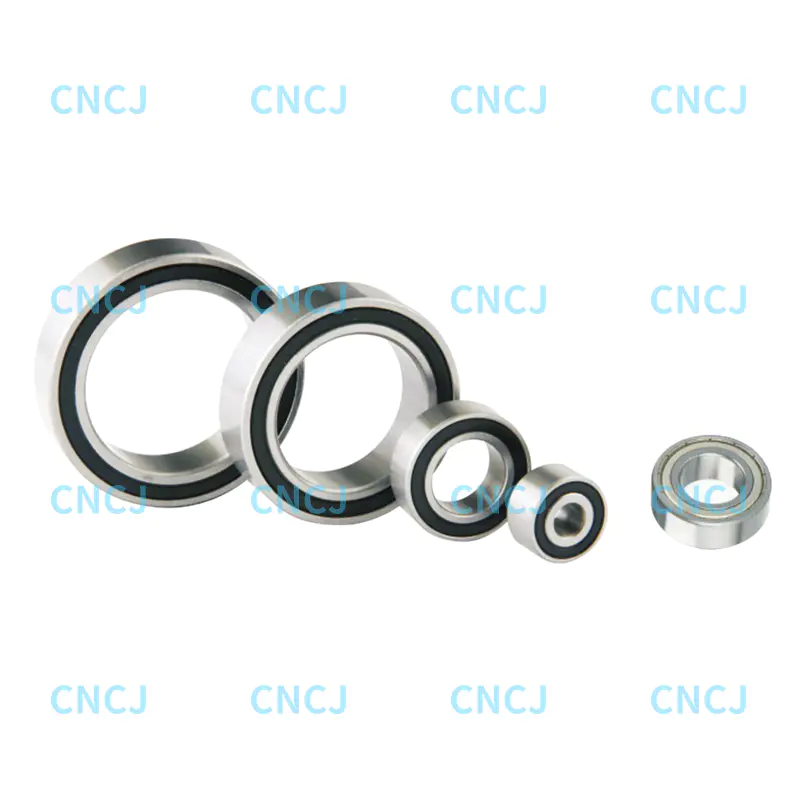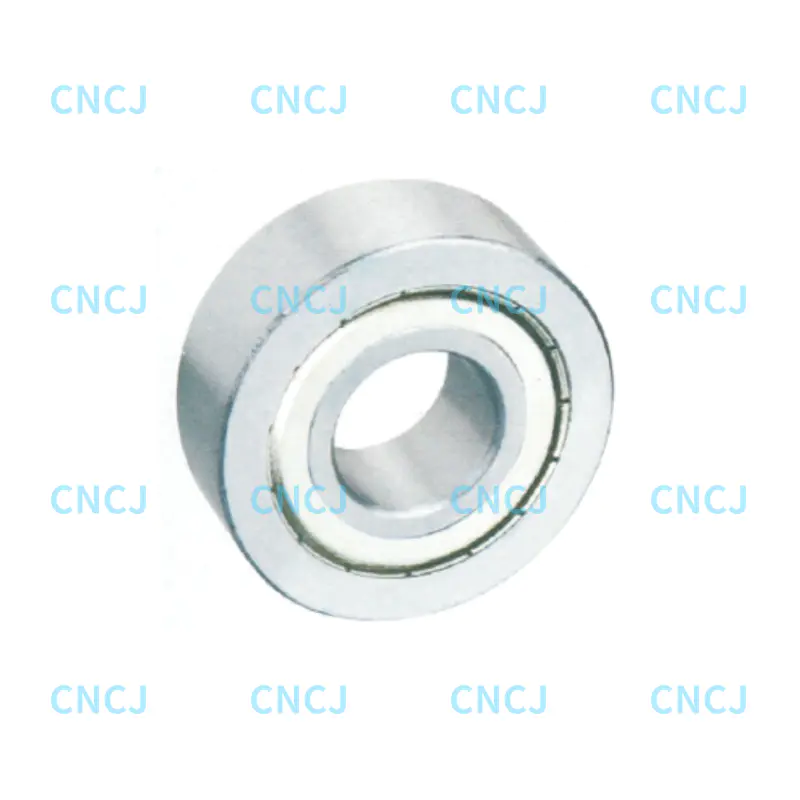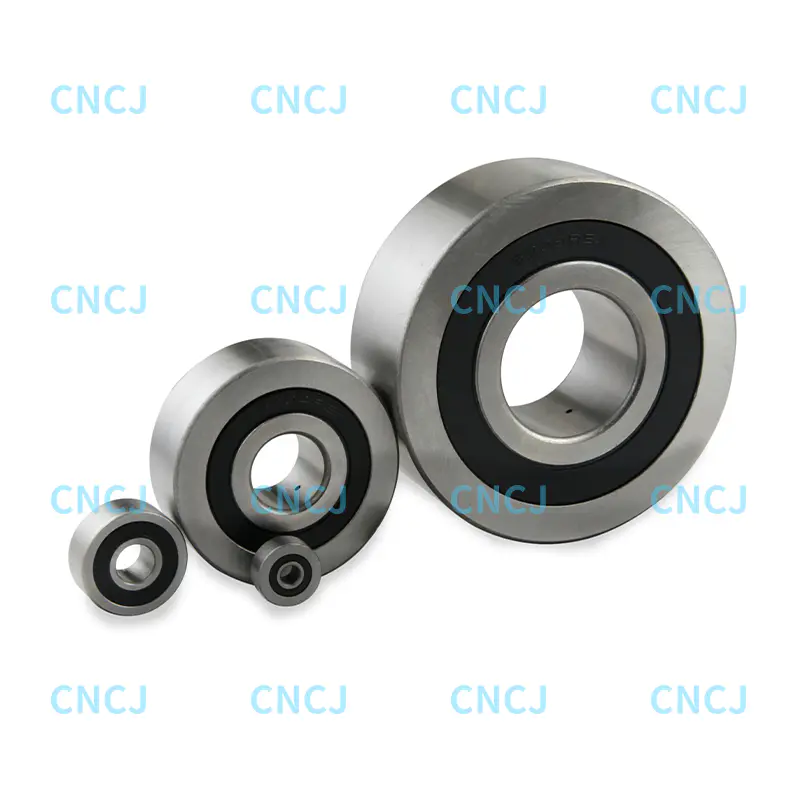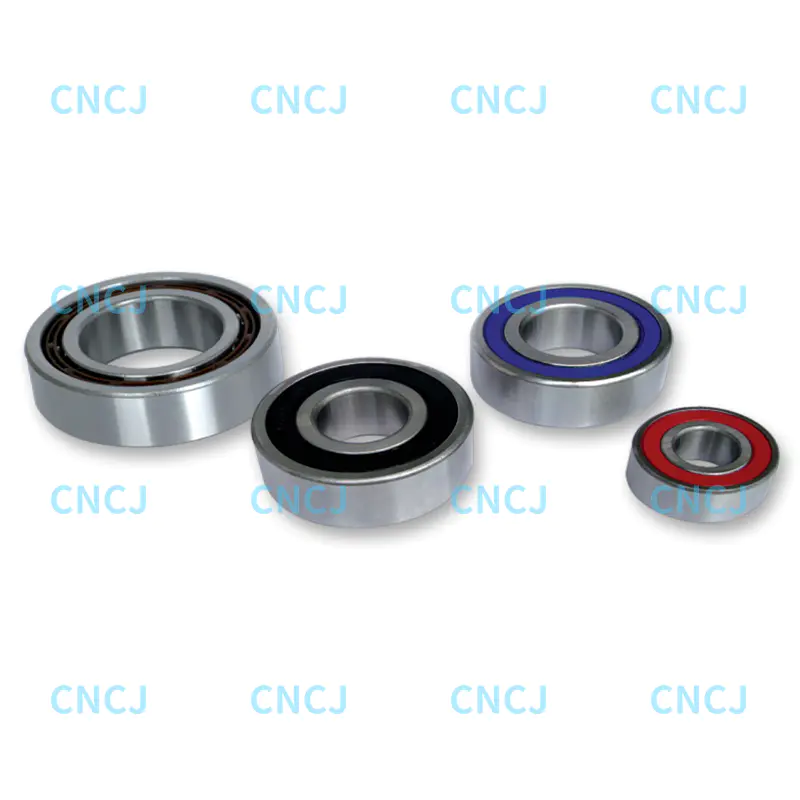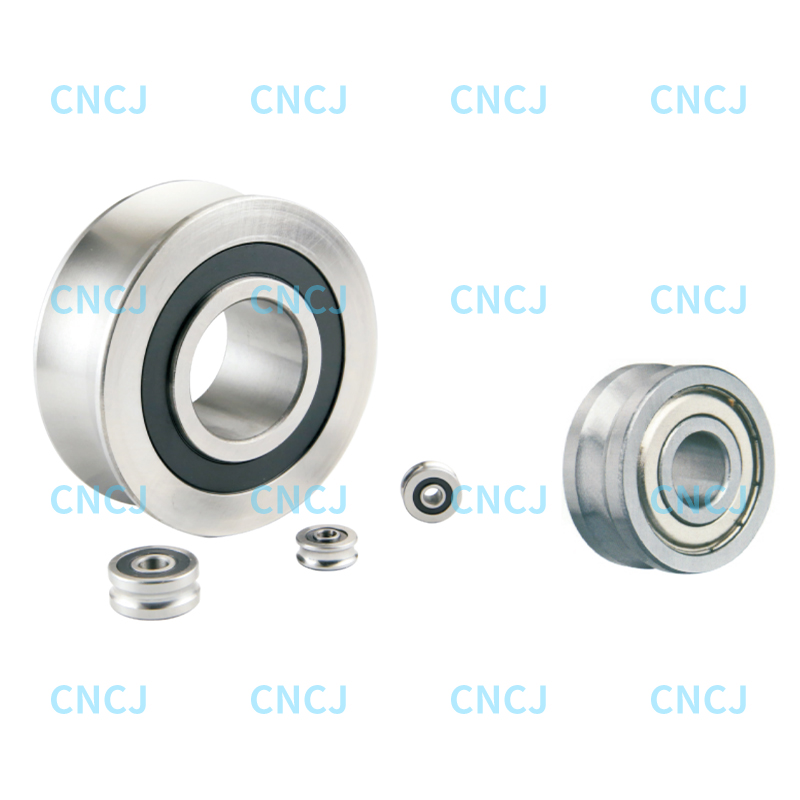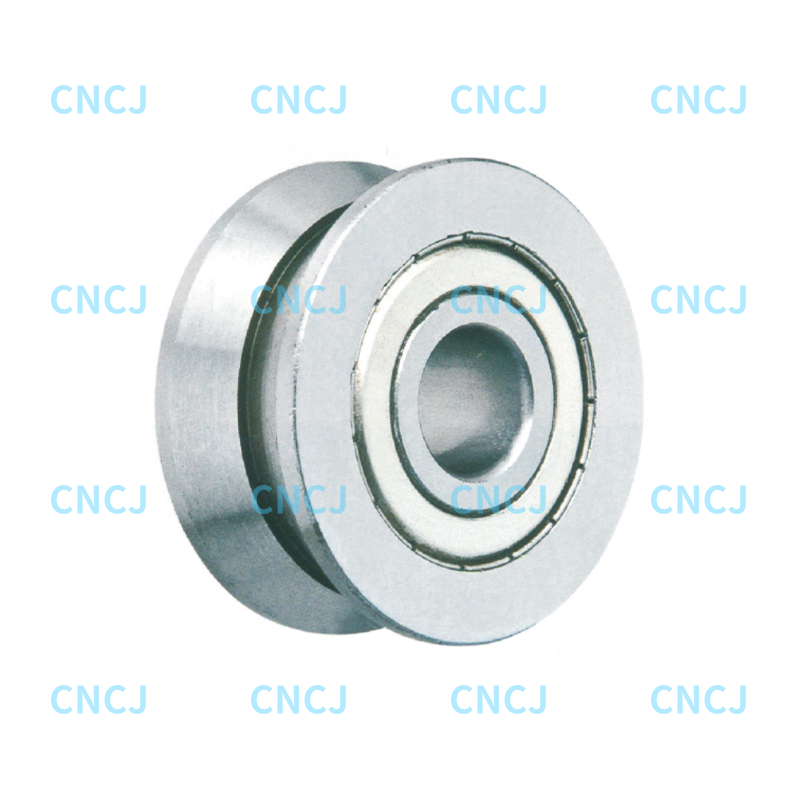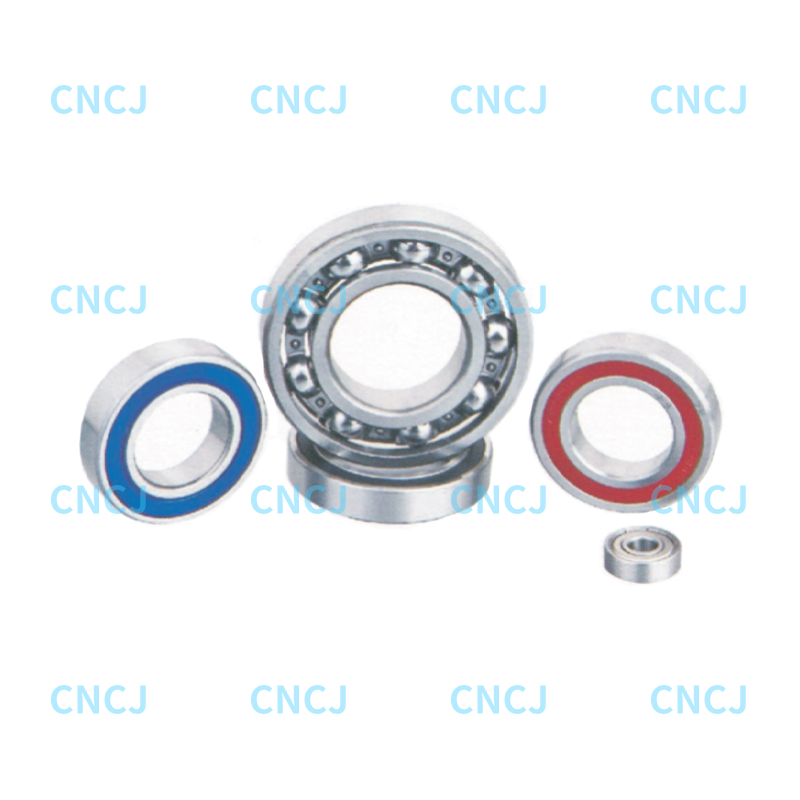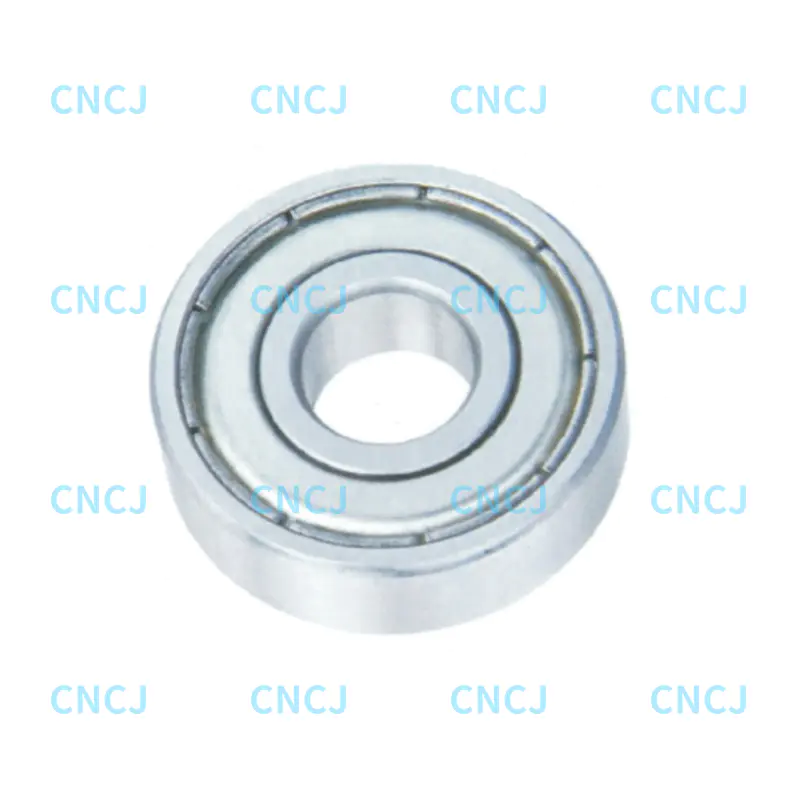- Structural Features and Core Differences
Outer Ring Profile Design --
Cylindrical Outer Ring: The outer ring of the cylindrical outer ring roller is a standard cylinder with a constant diameter and a flat surface. The contact form is line contact, which is suitable for scenes with high requirements for installation accuracy.
Crown Outer Ring: The outer ring is symmetrically arc-shaped (similar to the crown profile), and the contact form is surface contact. This design can adaptively compensate for installation deviations and reduce edge stress concentration.
Internal Component Composition --
Cylindrical or crowned outer ring rollers both include thick-walled outer rings, rolling elements and cages.
With Inner Ring Type: Suitable for occasions requiring axial guidance (such as cam transmission), the inner ring can be installed separately.
Without Inner Ring Type: The shaft or bolt needs to be hardened and ground, the structure is more compact, and it is suitable for scenes with limited space.
- Performance Comparison
|
Features
|
Cylindrical outer ring roller
|
Crown outer ring roller
|
|
Load-carrying capacity
|
Low to medium radial loads, stable when evenly distributed
|
High radial loads, strong resistance to eccentric loads and impact loads
|
|
Anti-deflection capability
|
Low (needs precise alignment)
|
High (can tolerate ±2° installation deviation
|
|
Edge stress
|
Easy to concentrate, high risk of local wear
|
Even pressure distribution, reducing edge cracking
|
|
Speed adaptability
|
Higher (low friction resistance)
|
Slightly lower (full-fill design increases internal friction)
|

 English
English 中文简体
中文简体 Deutsch
Deutsch Español
Español